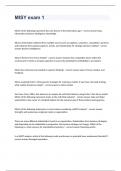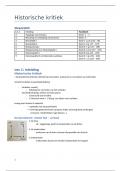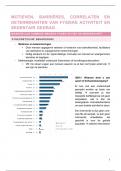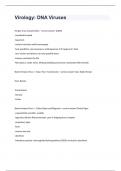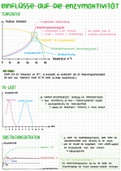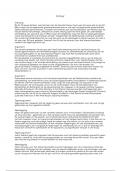Samenvatting
Samenvatting - Industriele Microbiologie
- Vak
- Instelling
De samenvatting omvat alle 8 de powerpoints die in het academiejaar gegeven zijn. Het betreft de 4 ppt's van deel 1 "Microbiële groei en identificatie" en de 4 ppt's van deel 2 "Industriële processen en producten". Alle extra info die tijdens de hoorcolleges werd meegedeeld is ook verwerkt in de...
[Meer zien]




